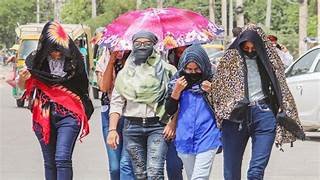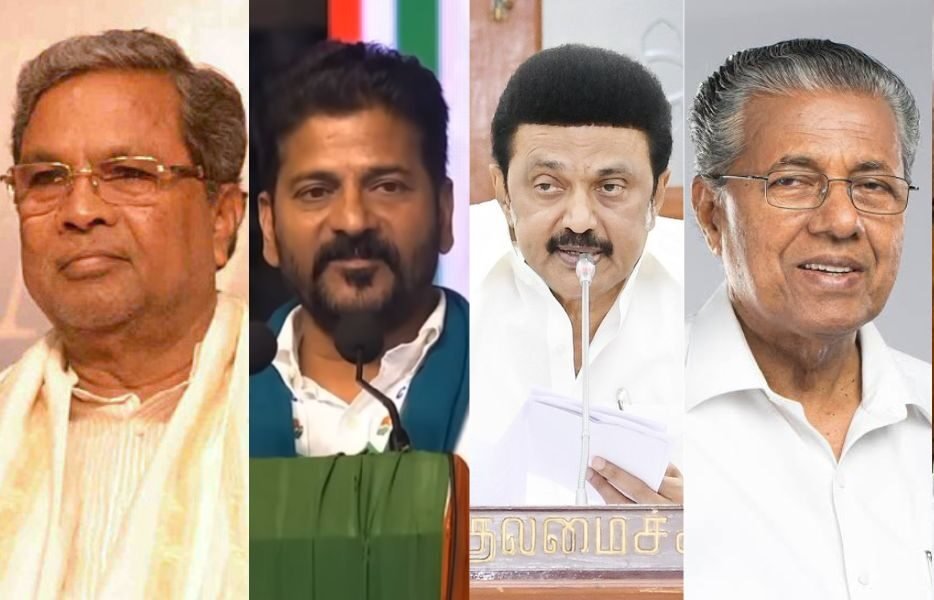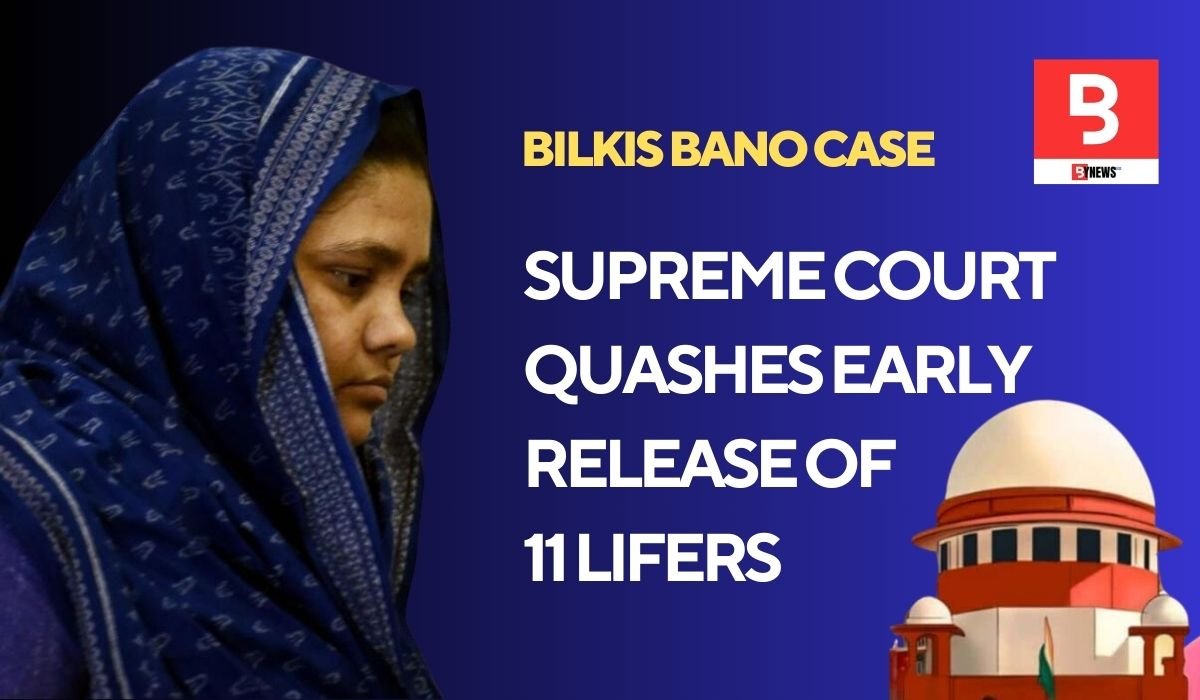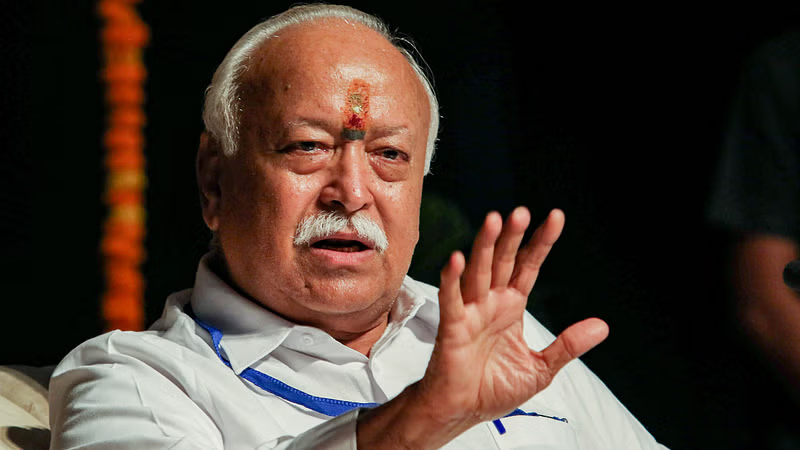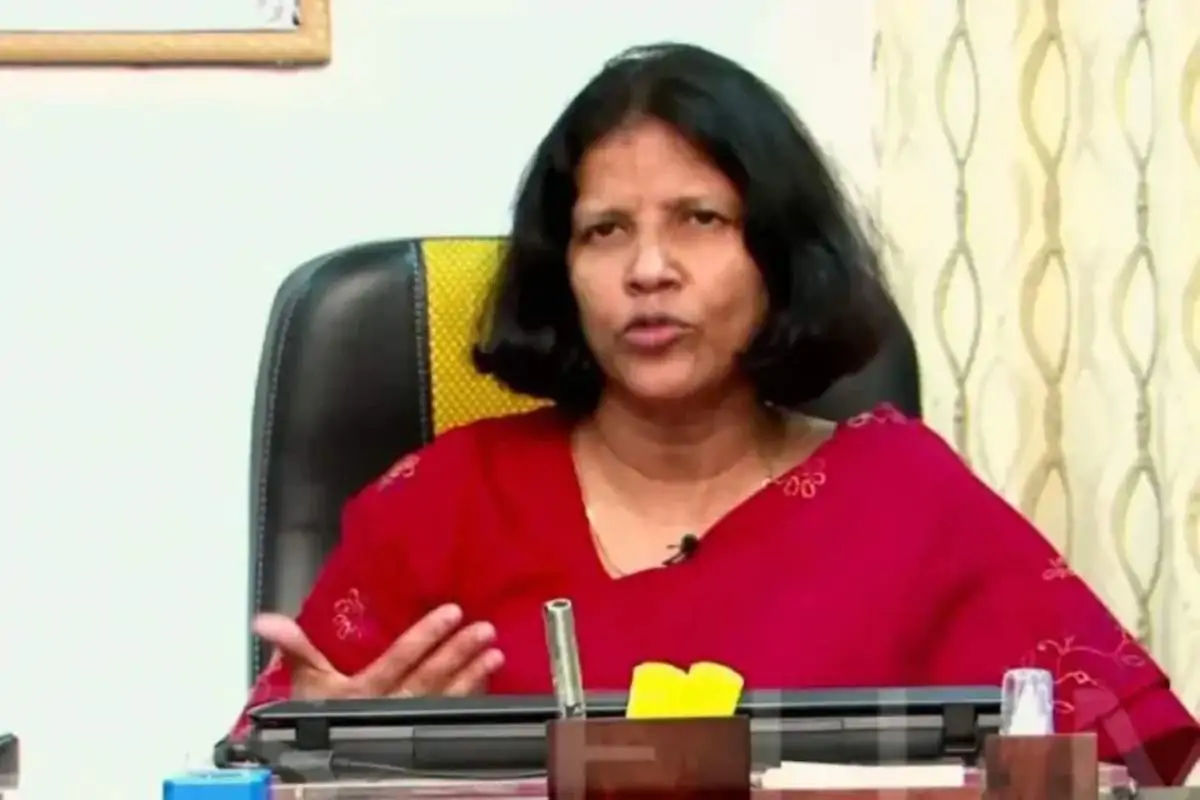Lok Sabha Elections 2024: Voting for the first phase of Lok Sabha elections 2024 was held on Friday and votes were cast on 102 seats. In this phase, there was bumper voting on many seats, while on many seats, despite all the claims and arrangements of the Election Commission, voting has been much less than last time. We are telling you about ten such seats where the highest voting took place and about ten such seats where the lowest voting took place. Along with this, we are trying to understand why there was bumper voting on these ten seats and what is the reason for less voting on the ten seats and what will be its effect on the election result. In the first phase, the lowest voting was 44 percent in Nawada, Bihar, while the highest voting was 83.9 percent in Lakshadweep.
Table of Contents
Voters stay away from polling booths in this scorching heat
“This time the voting percentage has decreased by 5 to 10 percent compared to the last election. The main reason for this is the heat. There is a heatwave here. The temperature was high on the day of voting. So people had to leave their homes and stand at the booth in this temperature and there were not enough arrangements there. The Election Commission and the administration are also responsible for this. We have received information that at many booths there was not even enough arrangement so that people could stand in the shade. Usually tents are put up, but that was not there. There was no arrangement for drinking water either. This also affects the voting percentage. The second biggest reason is the population that has migrated. When you calculate the percentage, it comes from the number of people registered as voters and how many votes were cast. We consider a family to be of eight people. In most families in Bihar, 3-4 children are working outside. They never come to vote. But when calculating the voting percentage, they are also counted. In such a situation, votes in Bihar are counted. The percentage seems to be decreasing, the main reason for this is that migration of people is increasing.”
Political analyst Amitabh Tiwari said that extreme heat and migration could be two major reasons due to which the voting percentage has fallen. He said, “The slogan of Mission 400 given by BJP may be the reason why BJP cadre is overconfident. On the other hand, the voters and supporters of the opposition are seeing that this election is a done deal, so it is possible that the voters of the opposition also did not come out with that much enthusiasm.”
He said that the political situation in Bihar has seen a lot of upheaval there. Nitish Kumar was once in the Mahagathbandhan and returned to the NDA 3 months before the elections, so the voters are disappointed with Nitish Kumar’s U-turn. We also saw in the LJP that there was tension between the uncle and nephew. The reason for this is also visible in the voting.
Caste politics and local issues in Rajasthan
Disappointment has been seen among voters in many Lok Sabha seats of Rajasthan. Our colleague Harsha Kumari Singh told that 64 percent voting took place in the last election and this time 57 percent voting took place in the first phase. The lowest voting here was 50 percent in Karauli-Dholpur, 52 percent in Jhunjhunu and 53 percent in Bharatpur. She said that the enthusiasm of voters was not seen in these elections. The margin of victory last time will be less because local issues have also come in these elections and caste politics seems to be dominating… and there is heat.”
Amitabh Tiwari said that there is resentment among Rajput community in Rajasthan. Rajput community is considered to be the traditional voter of BJP. On the other hand, the Jat community is facing the issue of Hanuman Beniwal leaving India Alliance and the farmers’ movement. There is also doubt in the tribal community. In the first phase, voting has taken place on 12 out of 25 seats in Rajasthan.
Voting boycott in about 25 places of Uttarakhand
There are 5 Lok Sabha seats in Uttarakhand and voting has taken place in the first phase on all five seats. In 2024, 55.85 percent voting has taken place. This is less than last time. Our colleague Kishore Rawat said that elections have always been held in April-May and heat has always been a reason. However, it is the wedding season here and this is also a reason why voting has been less. The second biggest reason is that there was a discussion among the people that this is a different election. This time there was no door to door convincing. Leaders held rallies. ” He also told that in about 25 places in Uttarakhand, people have boycotted voting and they say that their demands have not been met. The demands were not big and there were small demands like electricity and water. These were such things that voters did not reach the polling stations. At the same time, one reason is also the political parties, which did not live up to their expectations and could not bring people to the polling station.
While there was less voting in many seats in the country, there was a huge crowd of voters for voting in many seats. There was a lot of voting in West Bengal. Our colleague from West Bengal, Saurabh Gupta said, “There is more political awareness in West Bengal and people come to vote. If there is no violence in West Bengal, this figure can increase even more. Despite the violence, there has always been a high voting percentage in West Bengal. This 80 percent is a normal situation.” He told that long queues were formed in West Bengal from 7 am. Even when the voting ended in the evening, there were queues.
BJP sees a chance in West Bengal
Amitabh Tiwari said, “In West Bengal, TMC feels that if they do not work hard here, BJP can win. On the other hand, BJP feels that the party has reached its last limit in North and West, in East where Bengal is a very big region, where last time BJP lost 12 seats by a margin of 10 percent. Here it sees a good opportunity to increase its seats. On the other hand, for the third component CPM and Congress, this is a battle for existence. Their cadre is also feeling that if they are wiped out this time, they may be permanently wiped out. This is the reason why voters and supporters of these parties have come out in large numbers.”
Bumper voting in many seats of North East
On the other hand, there has been heavy voting in many seats of North-East. Our colleague has told about the states and these seats seat wise. He said that the reason for increased voting in Jorhat is that we are witnessing a close contest there. Congress leader Gaurav Gogoi is contesting the elections. He was elected twice from his previous seat Kaliabor, that seat was removed in the delimitation and that is why he had to shift to Jorhat. The current MP there is Tapan Gogoi. Tapan Gogoi is in direct competition with him. Jorhat was the center of BJP’s election campaign in Upper Assam. He also told that rallies and public meetings were started under the leadership of Assam Chief Minister Himanta Biswa Sarma two months before the elections. Its effect is also visible.
4 lakh voters from 6 districts did not cast their vote
Chowdhary said that if we talk about Sikkim, it is a small state, but the voting percentage there was high because the assembly elections were also being held there simultaneously.
Choudhary said that more than 4 lakh voters in six districts of eastern Nagaland did not cast a single vote because a boycott of voting was called on a local issue.
AIADMK disintegrated, BJP emerged as a major force
There has been heavy voting in Tamil Nadu as well. In the last elections, DMK had won 38 out of 39 seats in Tamil Nadu. Our colleague Nehal Kidwai told, “This time AIADMK is very weak and is scattered in pieces. BJP and AIADMK used to come together in earlier elections, but this time they are not together. In such a situation, there is no doubt that BJP has emerged as a big force in Tamil Nadu. It remains to be seen how many seats it wins. Its voting percentage will definitely increase.”
He said that DMK felt that if it wanted to repeat its previous performance, it would have to send as many people as possible to the polling booth and this time DMK has done that. Another thing is that the politics in Tamil Nadu from 1967 till now has been divided between DMK and AIADMK. Where there has been less voting, the AIADMK cadre saw that they are weak, so they did not vote for any party.
Amitabh Tiwari said that AIADMK feels that BJP can take the number two position, that is why voting has not decreased there, but the votes that AIADMK has are anti-DMK votes and due to this reason they cannot shift to DMK and if due to this reason it is possible that AIADMK voters do not want to vote for BJP and are disappointed that their party has not performed well, then it is possible that their voters may not have come out with that much enthusiasm.
Due to low voting, no trend is visible: Tiwari
In the first phase, 65.4 percent voting has taken place in 102 seats, whereas in the last election it was 70 percent. Regarding this, Amitabh Tiwari said that the low voting percentage does not indicate any kind of trend. Discussing the reasons for low voting, he said that one reason for this could be the scorching heat, the overconfidence of the BJP cadre. Voters may be disappointed that this election is a done deal and in some places like Rajasthan and Uttar Pradesh, there is discontent among some castes, due to which the voting percentage has been less than before. He also said that politics has become very competitive in Tamil Nadu and Bengal.


